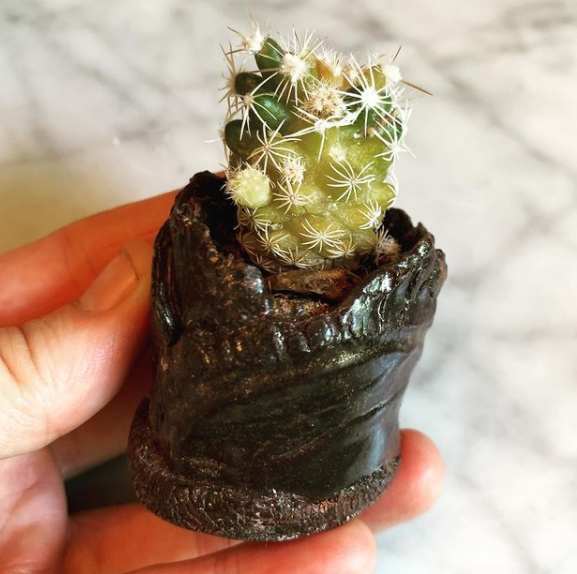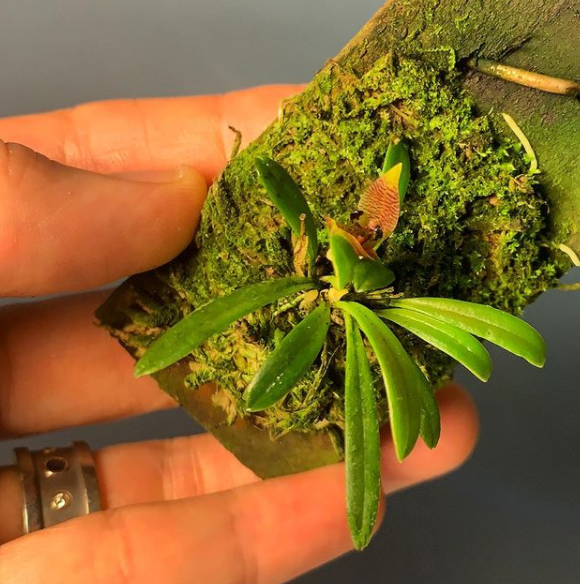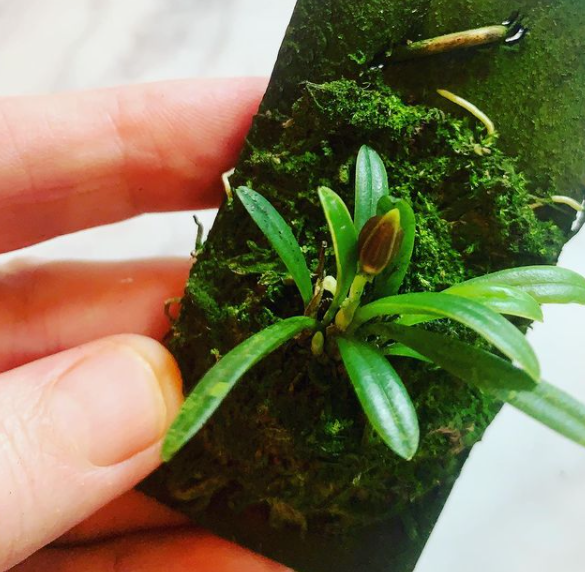Tiny Plants: Sinningia Propagation
June 9, 2021
Plant Propagation can be Pretty!
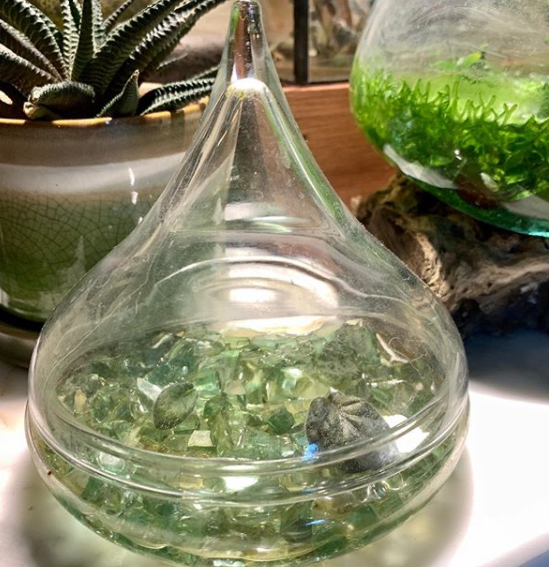
Who says plant propagation can’t be pretty? Often, I’ll use cute little glass vessels filled with crushed glass and a little bit of water to root leaf petiole cuttings. This way my little propagation stations make pretty vignettes in my living spaces.
Leaves break easily from my mini-Sinningia, so I often just drop the broken ones into a dish like this and see if they will root. Keeping the cuttings under glass keeps the humidity high enough to allow them to root before they rot. TOO CUTE.

These Sinningia will develop a callus first, where the tissue was damaged (cut), before new adventitious root tissue will begin to form. In this photo you can see the callus and some tiny root initials beginning to emerge from it.
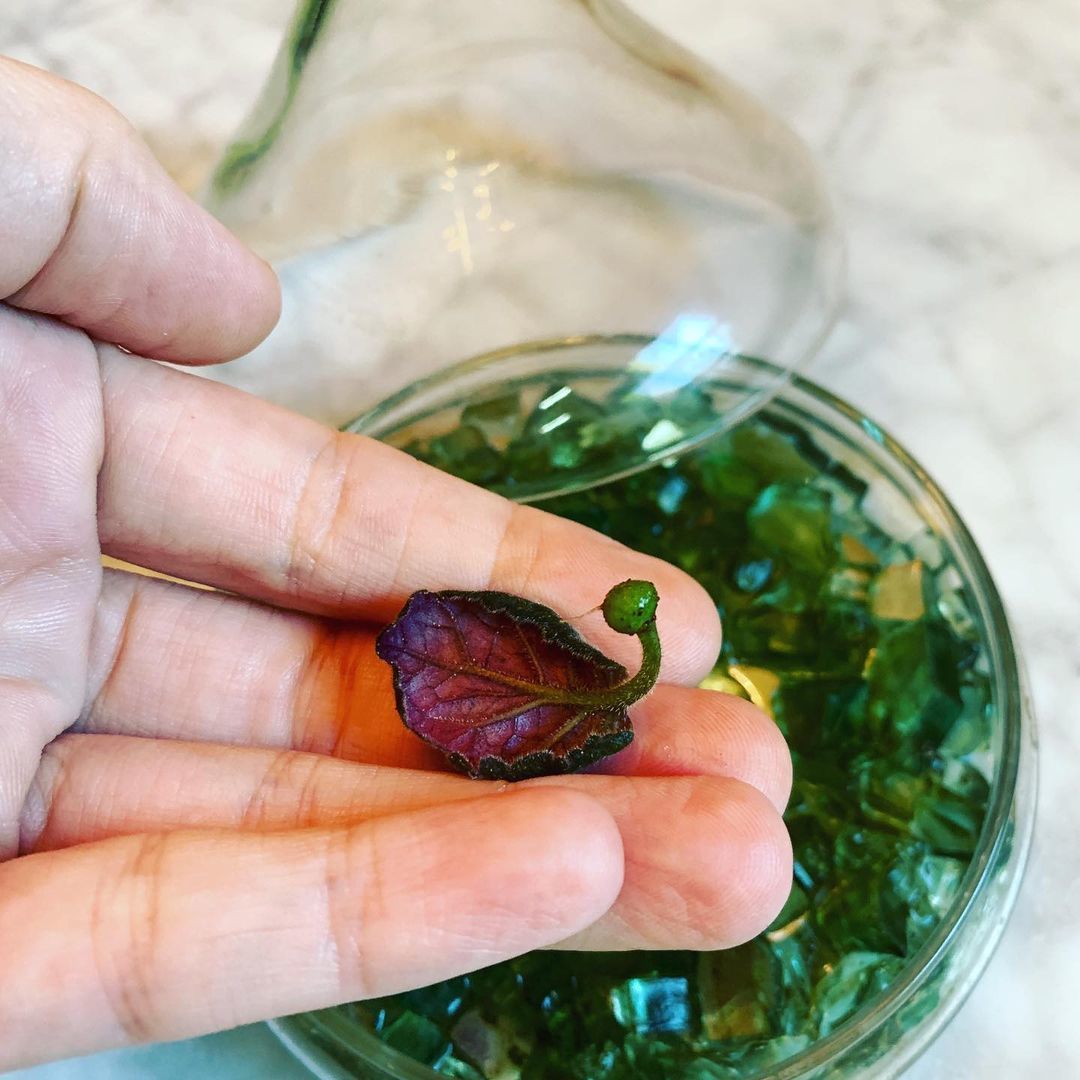
If you want to take a deep dive into plant propagation, be sure to pick up my book Plant Parenting ...if you want to explore the world of itty bitty houseplants for growing on your windowsill or under glass, check out my NEW book Tiny Plants.

